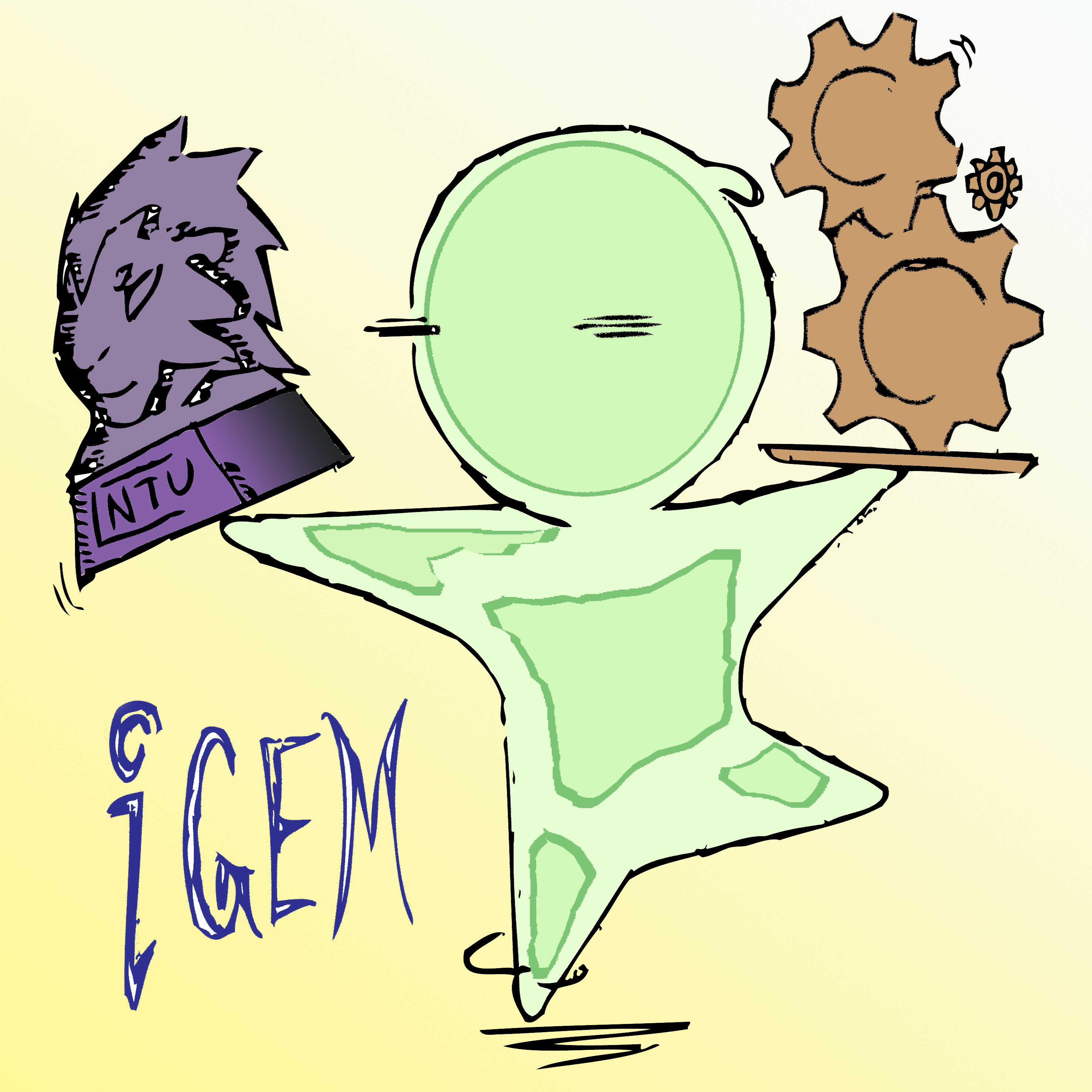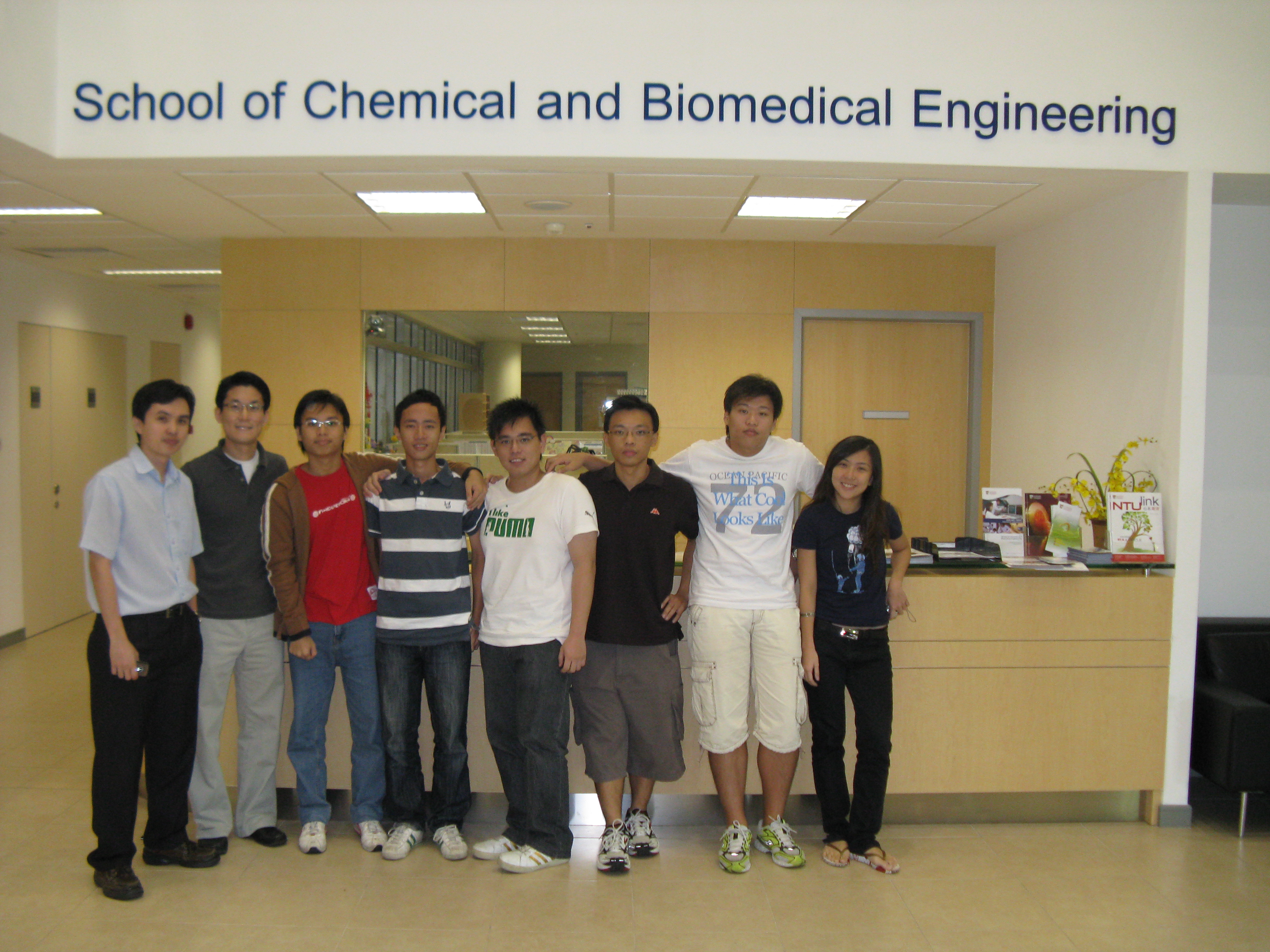Team:NTU-Singapore
From 2008.igem.org
(→Faculty Advisors) |
(→Faculty Advisors) |
||
| Line 25: | Line 25: | ||
*[http://www.ntu.edu.sg/scbe/cbe/FacultyPP/Profile_Matthew.htm Asst.Prof Matthew Chang] | *[http://www.ntu.edu.sg/scbe/cbe/FacultyPP/Profile_Matthew.htm Asst.Prof Matthew Chang] | ||
| - | *We would like to extend our special thanks to [http://www3.ntu.edu.sg/SCBE/cbe/FacultyPP/William_Home.htm A/Prof William] for his guidance and help rendered to the iGEM team. We would also like to thank Dr Tan Tuan Lin for guiding the team and providing valuable insights for the experiments. | + | *We would like to extend our special thanks to [http://www3.ntu.edu.sg/SCBE/cbe/FacultyPP/William_Home.htm A/Prof William] for his guidance and help rendered to the iGEM team. We would also like to thank Dr Tan Tuan Lin for guiding the team and providing valuable insights for the experiments. Without their invaluable resources and expertise, the project will not have gone this far in such a short time. |
Email all: '''ntu.igem@gmail.com''' | Email all: '''ntu.igem@gmail.com''' | ||
Revision as of 16:18, 1 July 2008
|
Contents |
Team background
The NTU-Singapore iGEM08 team consists of six undergraduate students working full-time from May to July 2008 . In addition, we have a number of graduate students and faculty advisors.
Students
Faculty Advisors
Email all: ntu.igem@gmail.com |
Project introduction
Our group has decided to engineer E.coli as a carrier for colicin E7 to deal with the pathogenic strain of Ecoli known as Escherichia coli O157:H7. Escherichia coli O157:H7 is an enterohemorrhagic strain that can cause bloody diarrhea and kidney failure. Current methods of cure for the infection include blood transfusion and dialysis. Currently no antibiotic is able to kill it.
Our approach is to use Colicin E7 to kill this harmful strain of bacteria. We intend to use our very own genetically engineered E.coli as the carrier of the colicin. We also wish for our bacteria to able to detect the presence of blood and the bacteria before it releases the colicins to eradicate the pathogen.
Our aim would be to control the level of colicin production in our bacteria. Our engineered bacteria should also be able to be accurate in its detection.
For any comments or enquiries, contact us at ntu.igem@gmail.com
Upcoming important event
| 1 July | Team project descriptions due (Early summer teams) |
| Team registration fee due | |
| 1 September | Final team rosters due |
| 1 October | Jamboree attendance fees due; notice and description of any use of non-standard parts or devices schemes due |
| 15 October | Project Summary forms due (to allow for organization of judging) |
| 29 October | Project and part documentation due |
| 29 October | BioBrick Part DNA received by the Registry |
| 8-9 November | iGEM Competition Jamboree, MIT, USA |
 "
"


